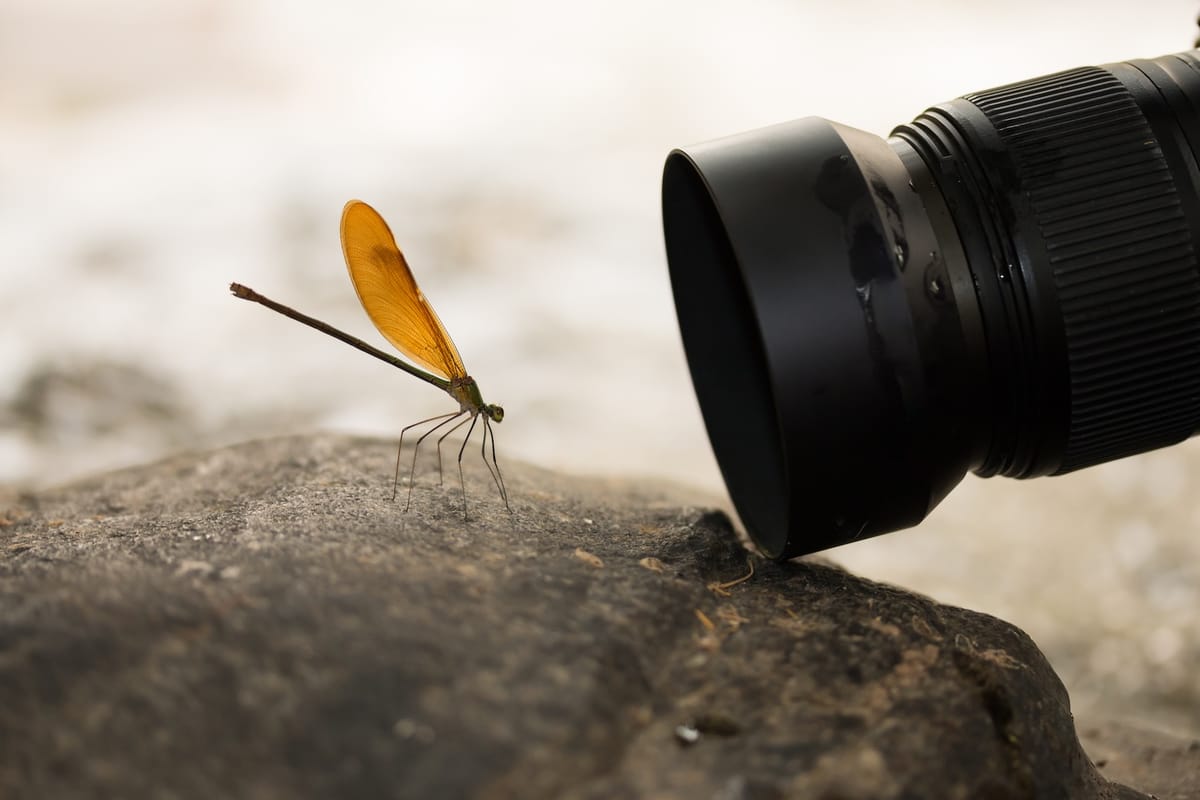

Understanding Macro Photography
Macro photography involves capturing close-up images of small subjects, such as insects, flowers, and other tiny objects. This type of photography requires specialized equipment and techniques to achieve high-quality, detailed images.
Choosing the Right Equipment
To get started with macro photography, you need a macro lens. Macro lenses are designed to capture images at a 1:1 ratio, meaning the image on the sensor is the same size as the subject being photographed. While most lenses have a minimum focus distance that is too far for true macro photography, dedicated macro lenses can focus within a range of about 12 inches or fewer.
If you are not ready to invest in a dedicated macro lens, you can use a reversing ring to mount a regular lens backward on your camera, creating a macro effect.
Setting Up Your Camera and Lens
When using a macro lens, it is crucial to stabilize your shot to avoid camera shake. High shutter speeds can help, but even slight movements can throw your image out of focus. Using a tripod or other stabilizing device is essential for sharp, steady shots.
Manual focusing is often preferred in macro photography because autofocus systems can struggle with high-magnification focusing. Switch your lens to manual focus and adjust the focus ring until you achieve the desired point of focus.
Lighting Your Subject
Lighting is a critical aspect of macro photography. Natural light can be sufficient, but often additional lighting is needed. A ring light, which fits on the end of your lens, can provide a continuous light source and help illuminate your subject evenly. However, be aware that artificial lighting can reflect off shiny surfaces.
Choosing the right aperture is also important. Macro photography often involves working with a very shallow depth of field due to the close proximity to the subject. Using the right aperture helps ensure that the most important part of your subject is in focus.
Focusing and Depth of Field
Getting enough depth of field is one of the challenges in macro photography. Because you are very close to your subject, the depth of field is naturally shallow. Techniques like focus stacking can help achieve a larger depth of field by combining multiple images taken at different focus points.
When focusing, it is important to focus on the most critical part of your subject. For moving subjects like insects, it may be helpful to photograph them later in the day when they are less active.
Composing Your Shot
Composition is key in macro photography. Since you are magnifying small details, the fine details and tiny imperfections of your subject become clear. Keep your eye on these details and plan what you want to capture before taking the shot.
Don’t be afraid to get very close to your subject. The closer you get, the more unfamiliar and artistic your subject appears. This is often the essence of macro photography—showing your subject in a new light.
Common Subjects and Tips
Common subjects in macro photography include flowers, insects, and other small objects. When photographing insects, it is helpful to learn their behaviors and patterns. For example, photographing them later in the day can make them easier to capture as they move slower.
For non-moving subjects, ensure you are aware of your minimum focus distance and adjust your camera accordingly. This will help you capture sharp, detailed images without any blur or out-of-focus areas.
Dues are $12 per year. Member benefits:
✅ Ad-Free Website Viewing
✅ Advocacy for Republican Seniors
✅ 120+ Senior Discounts
✅ Member Only Newsletters